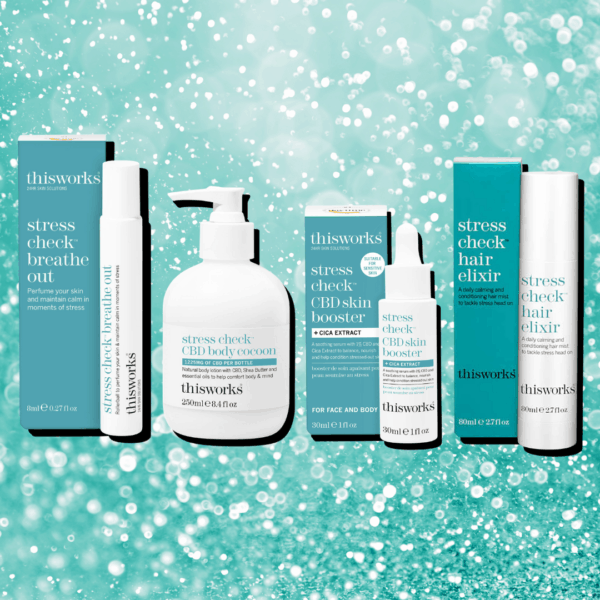
Ivan Mercier
If you’re reading this then you are a skin care fiend. Like us, you absolutely love a good routine – it’s a ritual, the highlight of your day. The satisfaction of lathering on a fancy shower gel, treating yourself to a double collagen face balm cleanse and finishing the routine off with a few drops of that in high demand potent peptide serum (who are we to kid that’s only step 5 out 7, right?!) But do we really understand the reasoning of why we do what we do to our skin? How does our regime have an impact on the different layers and can we be doing more to achieve sensational looking skin?
There are three major components of the skin: Hypodermis, subcutaneous fat beneath the skin that functions as the body’s insulation. Dermis, providing support and structure and Epidermis which functions as the body’s protective shield. Here’s the 411 on what our skin genuinely needs to keep ahead of the game when it comes to staying hydrated, fighting those fine lines, busting cellulite and the all important preservation of youth…
Hypodermis
The deeper subcutaneous section is made of connective tissue and fat cells which store nutrients and energy and provide shock absorption. This skin layer is thickest on the buttocks, palms of the hands, and soles of the feet. The Hypodermis starts to atrophy the more we age, contributing to the thinning of agEing skin – here’s where you’ll also find cellulite.
The solution to combating cellulite? Moisturise regularly with body lotion or fractionated coconut oil, try Naissance Pure Fractionated Coconut Liquid Oil, £7.49 which locks in essential nutrients to keep the skin thoroughly hydrated. Exercise regularly and drink plenty of water every day for lymphatic drainage – dry brushing is also great at stimulating circulation and exfoliation for smoother and more radiant skin.
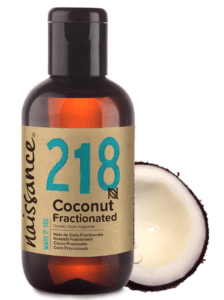
Dermis
This fibrous connective tissue above the Hypodermis contains hair follicles and sweat and sebaceous glands, providing structure and resilience to the skin. Collagen (the fountain of youth) and elastin proteins are produced in the dermis and make up to 75% of this layer by forming a mesh-like framework giving the skin strength and flexibility.
As we age Periocular wrinkles, otherwise known as crows feet, will form within the skin’s dermis layer – you at least need to combat these at 30 to help make you look younger at 60. Most likely found around the under-eye ocular area, we highly recommend Obagi Medical Elastiderm, £93 eye serum to help slow down signs of ageing around the eye. It comes with a hefty price tag, but it has been clinically proven to reduce the appearance of those pesky crows feet – critics are claiming it’s basically botox in a box!
Using jade or rose quartz rollers as well as the Gua Sha stone technique will also help improve facial complexion and plumpness.
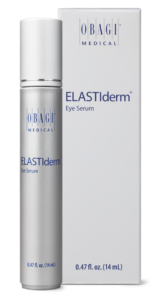
Epidermis
The outermost layer of skin which creates skin tone and provides a protective shield for the body. Keratinocyte skin cells totally renew themselves approximately every 28 days, however as we age, the rate of cell renewal decreases.
There are 5 layers in total of the epidermis, each have their own function but we’re going to keep things simple…
Melanocytes are found in the stratum basale layer and are responsible for the production of our skin pigmentation, otherwise known as melanin. Melanin is transferred by melanocytes to nearby keratinocytes which eventually migrate to the surface of the skin via the skin’s renewal process. Melanin is photo-protective meaning it helps protect the skin against harmful ultraviolet radiation (sun exposure). Apply factor 50 sunscreen every day after your moisturiser to reduce sun exposure, even when it’s not sunny! We love Clarins Dry Touch Sun Care Cream for Face SPF50+
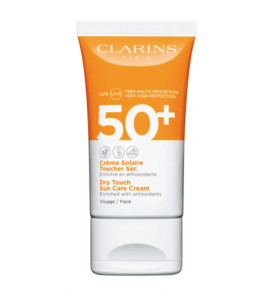
Sebaceous glands are connected to hair follicles and secrete sebum to help lubricate the hair shaft as it grows; but due to our bodies regulation of hormones, overproduction of oil can lead to spots and cases of acne. Using AHA toners such like Alpha H Clear Skin Tonic, £35 and niacinamide serums can help combat blemish prone skin.
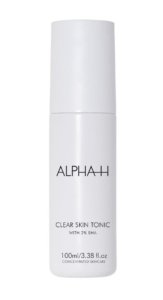
Hyperpigmentation is a medical term used to describe darker patches of skin from excess melanin production also found in the basal layer of the epidermis. There are several types that contribute towards pigmentation issues such as sunspots, melasma, and post-inflammatory hyperpigmentation. We recommend including The Ordinary. Alpha Arbutin 2% + HA, £7 which visibly reduces the appearance of spots and hyperpigmentation.
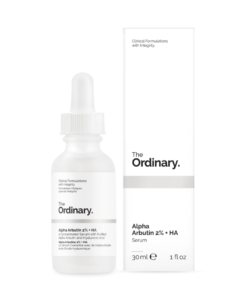
- Sunspots or liver spots are commonly found on older white skin caused by excess sun exposure over time, appearing on areas exposed to the sun like the face and hands.
- Melasma is caused by hormonal changes during pregnancy most commonly develop on the stomach and face.
- Post-inflammatory hyperpigmentation is the result of injury or inflammation to the skin commonly caused by acne and picking spots.
